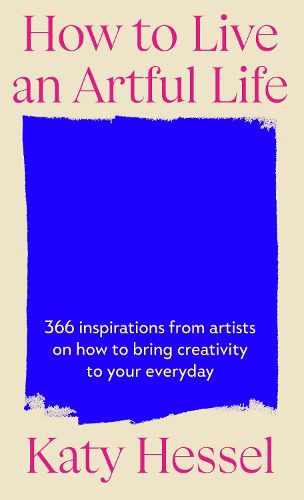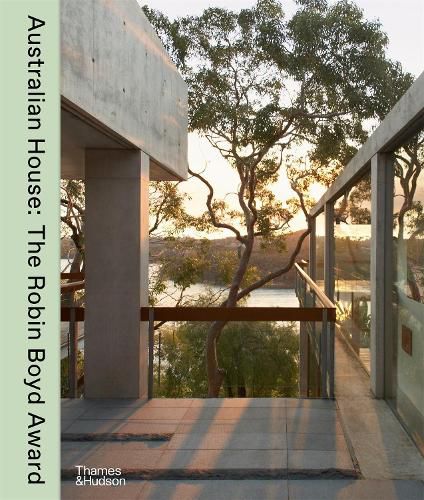Art and design highlights with Readings' visual arts buyer Zoë Croggon.
In the rich field of art and design publishing, 2025 offers a strong line-up that reflects not only technical and aesthetic excellence but also a deep cultural resonance. It demonstrates that in a culture saturated with fleeting digital content, the printed art book remains a vital medium.
Cherrypicking a small handful of highlights is no easy task, but one of the most vibrant contributions this year is The Art of Kaylene Whiskey: Do You Believe in Love? edited by Natalie King and Iwantja Arts. This vivid and joyfully defiant book is the first major monograph on the Yankunytjatjara painter, whose work layers Anangu symbolism and traditional stories with pop symbolism (think Dolly Parton, lollipops, Wonder Woman and Coca-Cola bottles) in a playful declaration of cultural hybridity. This striking monograph foregrounds the importance of remote community art centres such as Iwantja Arts in shaping contemporary Indigenous expression.
Another standout is Textiles x Art (Ramona Barry and Beck Jobson), an ambitious global survey of 44 artists who use thread, fabric and fibre to weave stories of resistance, memory and culture. This publication challenges archaic hierarchies in art discourse, elevating textile practice as fine art while honouring tactile storytelling.
After the Rain: 5th National Indigenous Art Triennial (edited by Tony Albert and Sally Brand) is a landmark publication. Rather than offering a single narrative, the triennial’s publication invites multiple perspectives, reflecting the diversity of Aboriginal and Torres Strait Islander experiences and practices across generations. This volume speaks to the resilience of Indigenous knowledge systems, postcolonial critique, and the healing power of cultural continuity.
Penelope Jackson’s Unseen: Art and Crime in Australia takes a sharp investigative turn. This provocative book explores the dark intersections between art, legality and ethics – from art thefts to forgeries and controversial censorship cases. Jackson’s approach is probing yet nuanced, reminding readers that the art world is not immune to the power dynamics and transgressions that mark broader society.
A personal favourite from the author who brought us The Story of Art Without Men, Katy Hessel’s How to Live an Artful Life bridges the personal and the philosophical to propose a more inclusive, enriching relationship with art in everyday life. Hessel’s meditation on creativity extends beyond the gallery walls in a manifesto that celebrates curiosity, observation, and engagement as essential tools for living meaningfully.
In photography, Beyond Suburbia by Warren Kirk continues his beloved exploration of working-class Melbourne suburbs. In a time of increasing urban homogenisation, Beyond Suburbia functions both as a cultural record and a gentle resistance. Carol Jerrems: Portraits revisits the seminal work of the late Australian photographer, which gains new relevance in an age of heightened visual documentation and identity politics.
In architecture, Bush Modern by Jessica Lillico and Sean Fennessy explores the intersection of Australian modernism and rural architecture. Surveying 23 homes on Melbourne’s outskirts, Bush Modern pays homage to a hybrid architecture born of necessity, beauty, and climate, repositioning the bush not as a nostalgic frontier but as a living landscape of innovation. Through lush photography and thoughtful design, they capture how design sensibilities adapt to, and are enriched by, the Australian landscape.
Roy Grounds: Experiments in Minimum Living by Tony Lee uncovers the architect’s lesser-known small-scale works, revealing a deep commitment to functional elegance. Meanwhile, The Architect’s House by Stephen Crafti offers insider access to the personal homes of contemporary Australian architects – spaces that act as testing grounds for design and self-expression.
Finally, Australian House: The Robin Boyd Award presents a comprehensive overview of the evolution of domestic architecture across four decades. It positions the home as both an architectural and cultural artefact, reflecting shifts in environmental thinking, aesthetics, and urban living.








